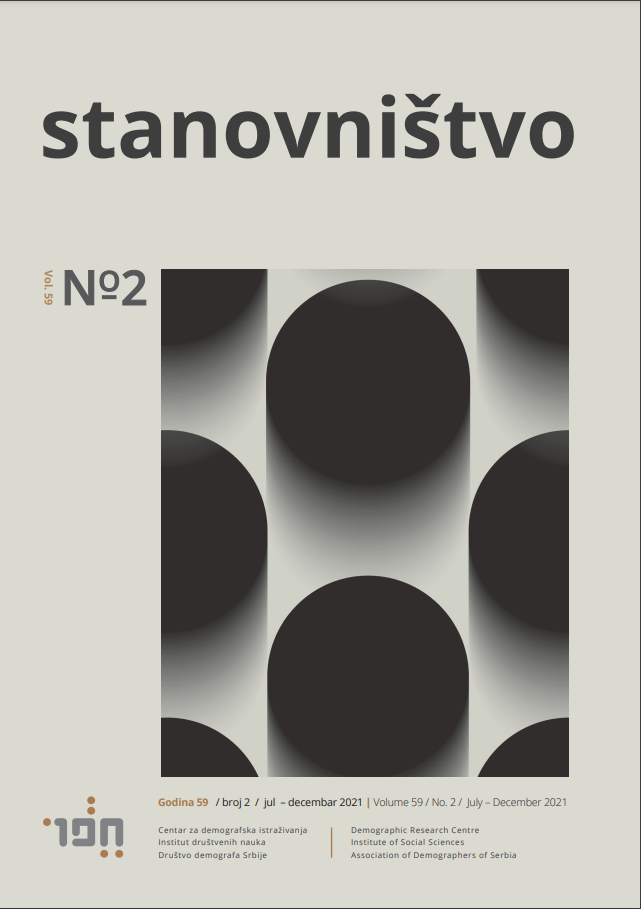Razumevanje rodne dimenzije niskog fertiliteta: zaposlenost i rađanje u Evropi
Understanding the gender dimension of low fertility: employment and childbearing in Europe
Author(s): Ankica S. ŠobotSubject(s): Demography and human biology
Published by: Институт друштвених наука
Keywords: low fertility; gender roles; women’s employment; fatherhood; uncertainty
Summary/Abstract: In this text, the gender dimension of low fertility is considered on the basis of the relevant literature and statistical data regarding the impact of employment on reproductive behaviour in postmodern societies. A review of fertility rates and employment rates of women with young children from 2010 onwards leads to several interesting observations. For example, during the period of study, the birth rate in Hungary increased, while it decreased in Finland by 0.4 children per woman. The most stable and relatively high fertility rates are observed in France and Sweden. At the same time, the employment rate of women with children aged three to five grew in Hungary, but the employment rate of those with children under the age of three was extremely low. In countries with higher fertility, the lowest employment rates for women with children under the age of three are in Finland and France, but they are about four times higher than the rate in Hungary. During the observed period, the employment of mothers remained stable at a relatively high level in Sweden, Norway, and the Netherlands, without differences in female employment according to the age of their children. The fertility rates in these countries are relatively high.The results of empirical research in European countries suggest that the gender dimension of low fertility cannot be understood outside the specific social context, nor without considering the conditions at the micro level. Central to this consideration is the link between low fertility and women's employment, as raising children is still gender-specific to an extent. However, men can participate in parenthood not only in terms of their reproductive behaviour, but also their right to participate in raising children. In addition, this text identifies negative perceptions of employment that refer to the modalities of work-life balance and the uncertainty regarding female and male employment. Both aspects produce certain effects on the socioeconomic position of the family, which can influence decisions relating to parenthood and the number of children the parents would like to have. In terms of taking action on low birth rates, it could be concluded that endangering families’ economic status and reproducing patriarchal gender regimes are not favourable outcomes. This article provides a framework for more concrete research into these issues in Serbian society.
Journal: Stanovništvo
- Issue Year: 59/2021
- Issue No: 2
- Page Range: 43-63
- Page Count: 21
- Language: Serbian

